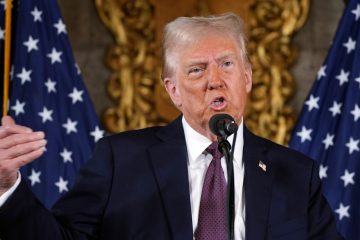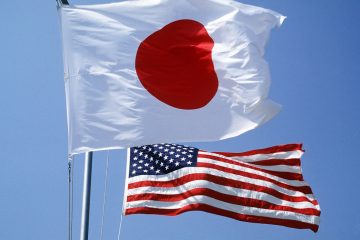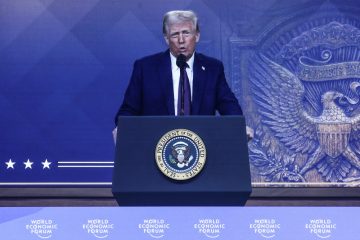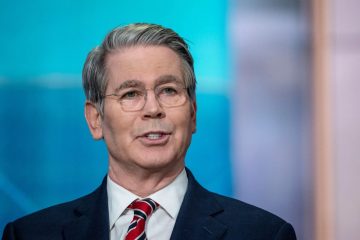Wall Street anticipates that gold will shine once more in 2025

In 2024, few investments outperformed gold, which is concluding its most successful year since 2010, marking one of the largest annual gains in its history. Proponents of gold on Wall Street anticipate that prices will continue to ascend in 2025. The value of the precious metal has increased by 27% in 2024, reaching $2,617.20 per troy ounce. This performance surpasses the S&P 500’s 25% gain and closely trails the 31% increase of the technology-heavy Nasdaq Composite Index.
Gold futures reached an all-time high in anticipation of the U.S. presidential election, yet have since experienced a downturn. The outcome was anticipated, as investors, previously apprehensive about the election results, shifted their capital from sa fe havens to more volatile assets. Analysts from JPMorgan, Goldman Sachs, and Citigroup have collectively established a price target of $3,000. Below are several of their justifications:
The degree to which the Federal Reserve will lower interest rates is yet to be established, although investors anticipate additional cuts in 2025. As interest rates decline, the opportunity cost associated with holding gold diminishes, given that it yields neither interest nor dividends. Analysts anticipate that a segment of the $6.7 trillion currently allocated to money-market funds will shift towards exchange-traded funds that invest in gold, like SPDR Gold Shares, as investors grow increasingly dissatisfied with falling yields. “This represents the most optimistic phase of the cycle for gold,” remarked Greg Shearer, head of base- and precious-metals strategy at JPMorgan.
In periods of increased conflict, both institutional and individual investors often gravitate towards gold as a safe haven asset. Moreover, a significant amount of turmoil is anticipated as we approach 2025, stemming from conflicts in the Middle East and Ukraine, alongside President-elect Donald Trump’s commitments to intensify trade tensions with China and various other nations. The possibility of a resurgence in inflation is causing unease among investors. Recent trends indicate a notable surge in gold purchases among investors in China, driven by the nation’s faltering economy and declining stock market, alongside concerns regarding potential tariffs on exports to the United States proposed by Trump.
Central banks globally, particularly in nations with tense ties to the West, have been amassing gold at an accelerated pace. China stands out as a significant driver of demand, with its official gold reserves having more than tripled since 2008, as reported by Goldman Sachs. The imposition of Western sanctions on Russia following its comprehensive invasion of Ukraine in 2022 has led several central banks to reconsider their reliance on dollar-denominated assets. Rather, they are retaining a greater portion of their reserves in an asset, gold, that remains insulated from foreign influence.
According to analysts at Goldman, the sanctions imposed on Russia represent a significant inflection point, prompting numerous central banks in emerging markets to reassess their definitions of risk-free assets. A recent poll conducted in 2024 revealed that 29% of central bankers plan to augment their gold reserves over the next year, as reported by the World Gold Council. This marks the highest percentage since the survey’s inception in 2018.
Another advantage of gold is its limited applications, primarily serving as a store of wealth. Jewelry, naturally, exists. However, the dynamics of the jewelry market extend beyond mere demand. It emerges as a significant source of supply when gold prices increase, prompting individuals to capitalize on the opportunity by selling inherited jewelry to scrap dealers. “Gold is devoid of the industrial encumbrances that other commodities might face, which could significantly suffer from disruptions in trade,” remarked Shearer of JPMorgan.
A deceleration in economic activity, akin to what might arise from a trade conflict with China, does not significantly impact gold demand as it does for other precious metals with industrial applications, like silver and platinum. Gold rallies are typically characterized by their durability. In four out of the last six years during which gold futures experienced an increase of at least 20%, prices continued to ascend in the subsequent year. Over the span of five years, analysts at Citi reported an average increase exceeding 15%. In 2021, gold experienced a unique occurrence, as it followed a gain of approximately 25% in 2020 with a decline of 3.6%. This marked the only instance where a year with a gain of 20% or more was succeeded by a down year.










